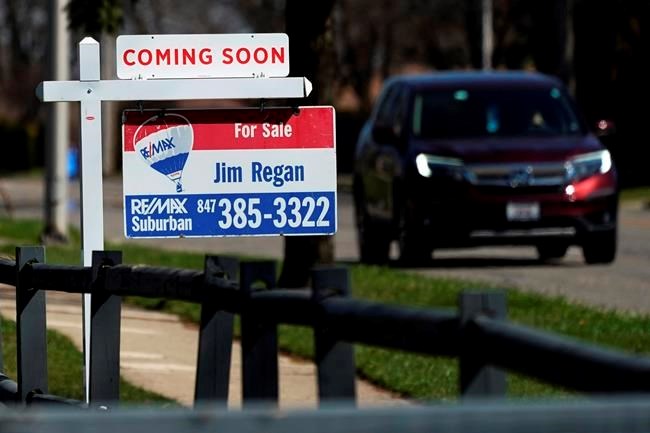WASHINGTON — Sales of new homes surged 20.7% in March to the highest level since 2006, rebounding from a sharp decline the previous month when severe winter storms wreaked havoc in many parts of the country.
Sales climbed to a seasonally adjusted annual rate of 1.02 million last month after a 16.2% tumble in February, the Commerce Department reported Friday. It was the fastest pace for new home sales since the housing boom of the mid-2000s when sales reached 1.04 million units in August 2006.
The median sales price of a new home sold in March was $330,800, up only 0.8% from the median sales price a year ago.
The big jump in new home sales stands in contrast to sales of existing homes, which fell for a second consecutive month in March, a drop that was blamed on a lack of supply which has pushed exiting home prices to new highs.
Housing has been one of the bright spots over the past year as the country was hit by a global pandemic which resulted in the loss of millions of jobs and prompted Congress to approve a series of relief measures
Analysts believe that the housing industry will have another good year in 2021, supported by ultra-low mortgage rates, but they expect the growth will moderate somewhat as home builders struggle with such problems as a surge in lumber prices, a shortage of construction workers and a lack of available building lots.
The inventory of unsold new homes stood at 307,000 in March, unchanged from February, but down 7% from a year ago.
“Inventories remain tight and while that should be a positive for home building activity, a lack of availability will likely remain a headwind for sales in the near term,” Rubeela Farooqi, chief U.S. economist at High Frequency Economics, said in a research note.
New home sales were up in every region of the country except the West where they fell by 30% in March. Sales rose 40.2% in the South while gaining 30.7% in the Midwest and 20% in the Northeast.
Martin Crutsinger, The Associated Press



